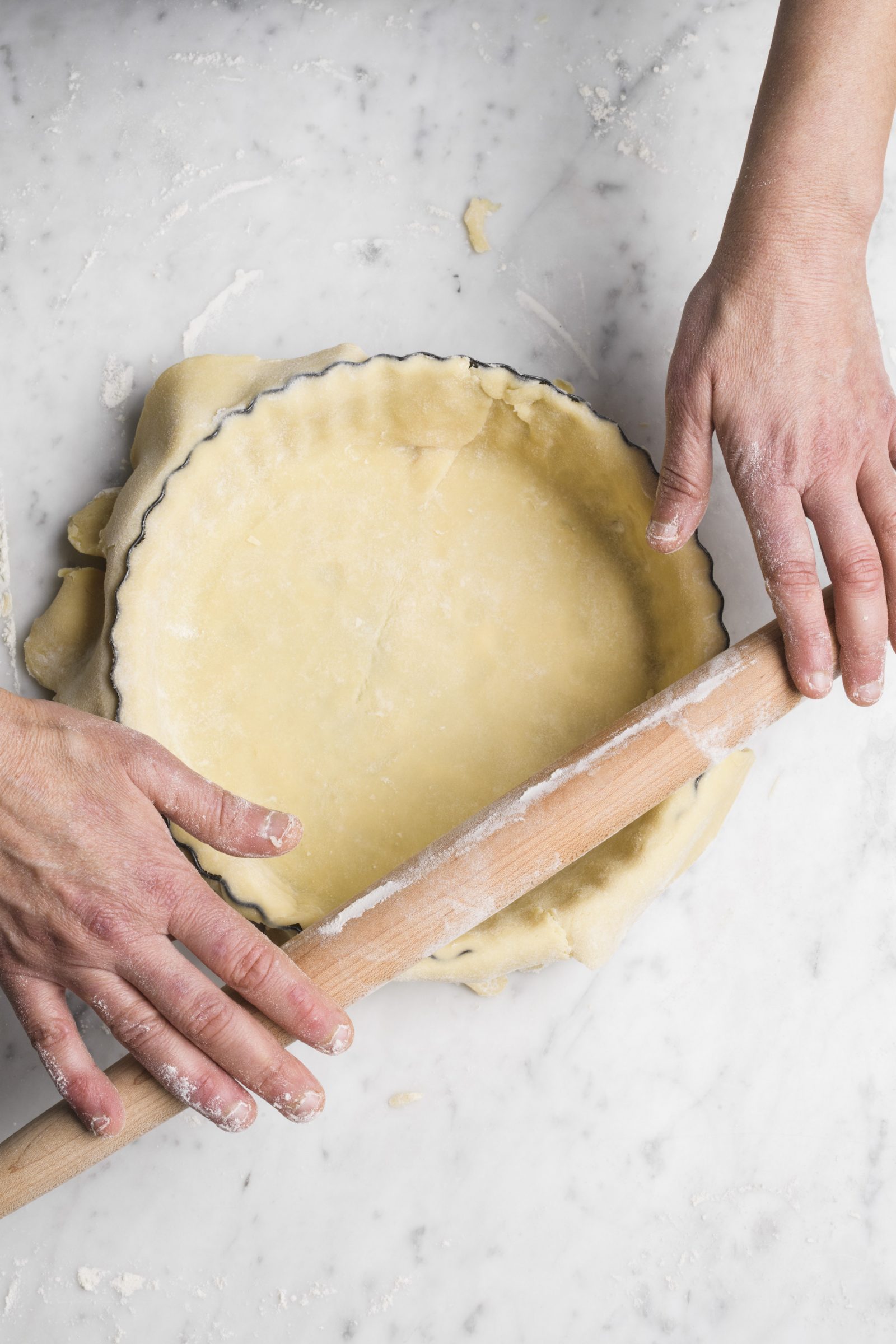Your email address is required to begin the subscription process. We will use it for customer service and other communications from Milk Street. You can unsubscribe from receiving our emails at any time.
Hi Rajat,
Here at milk street, we measure by weight not volume. We did not include weights for the water and butter as it is not typical with baking recipes.
Best,
The Milk Street Team
I haven't tried this recipe yet, so I cannot speak to the ratio of flour to butter to water, or the total quantity of the dough in relation to the size of the pan. However, for Rajat B's question: why is 245g flour equal to 2.75c? Milk Street defines 1 cup of all purpose flour as 130 grams. So, "1¾ cups plus 2 tablespoons" = 1.75 cups plus 0.125 cup = 1.875 cups. 1.875 cups x 130 grams/cup = 243.75 grams (approximately 245 grams, though 244 grams would be closer).



It's a great recipe. But why is 245g flour equal to 2.75c? That seem off the rails high. I understand the need for volume measurements but that's a lot of flour for a 9" pan. Also why not include weights for the water and butter? I assume this fundamentally is a 3:2:1 by weight recipe.